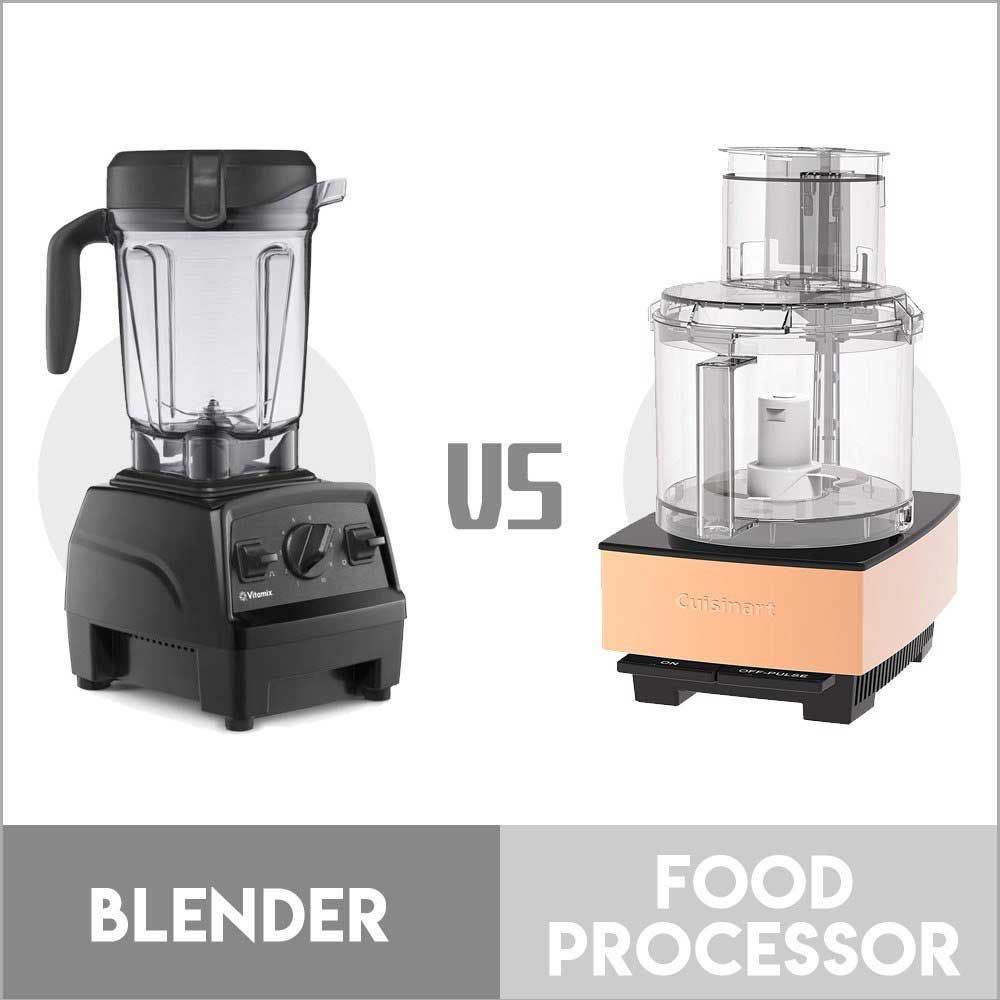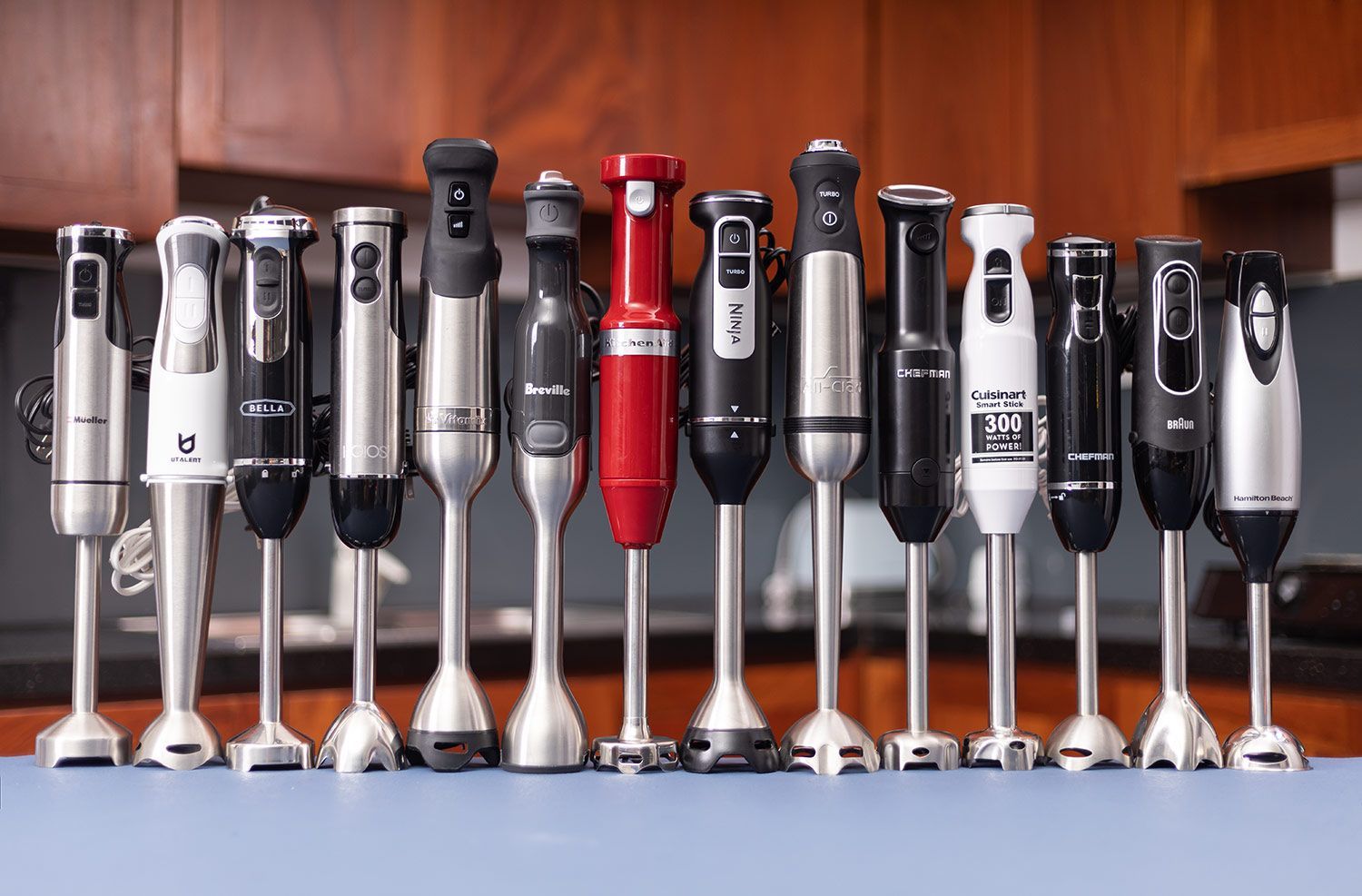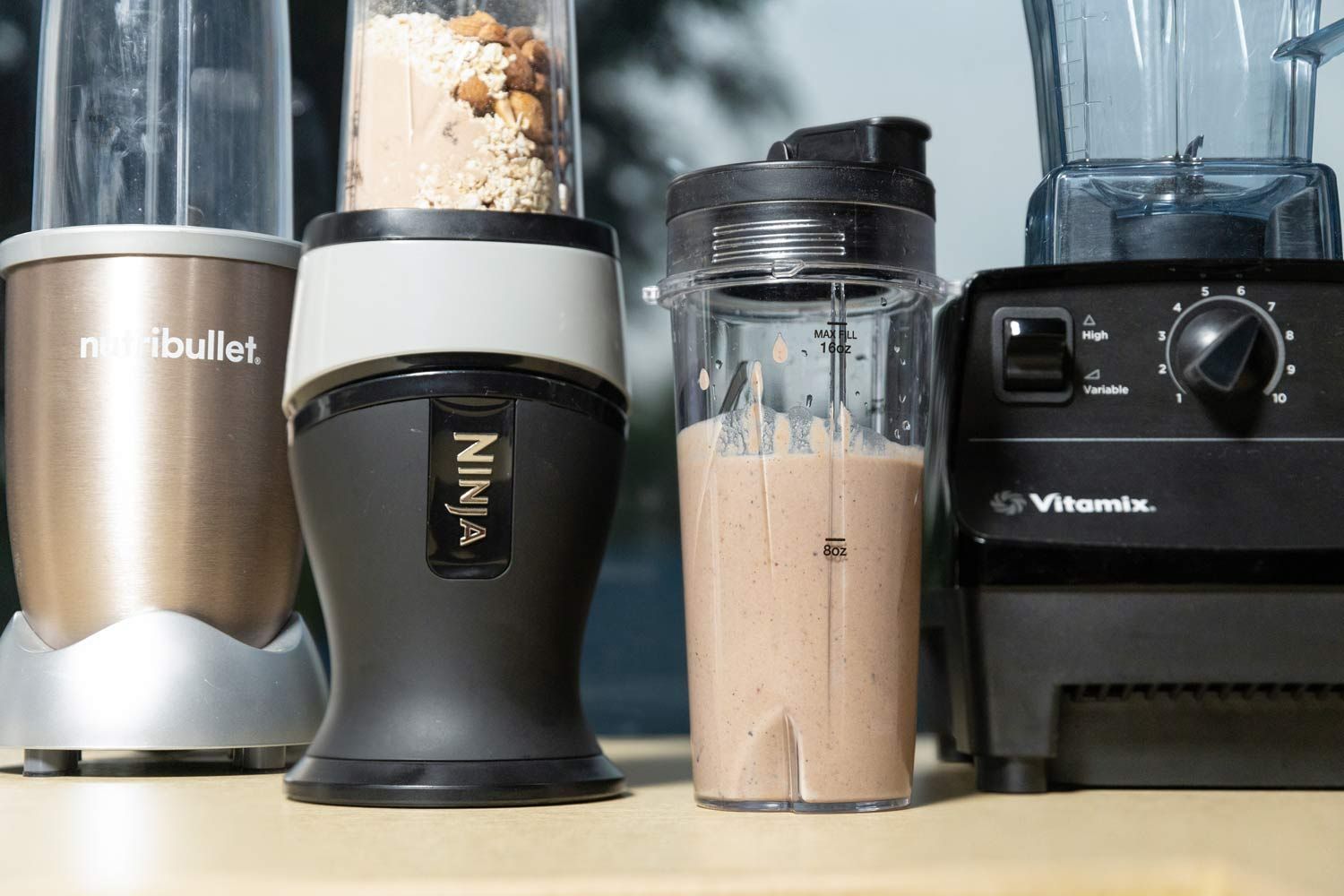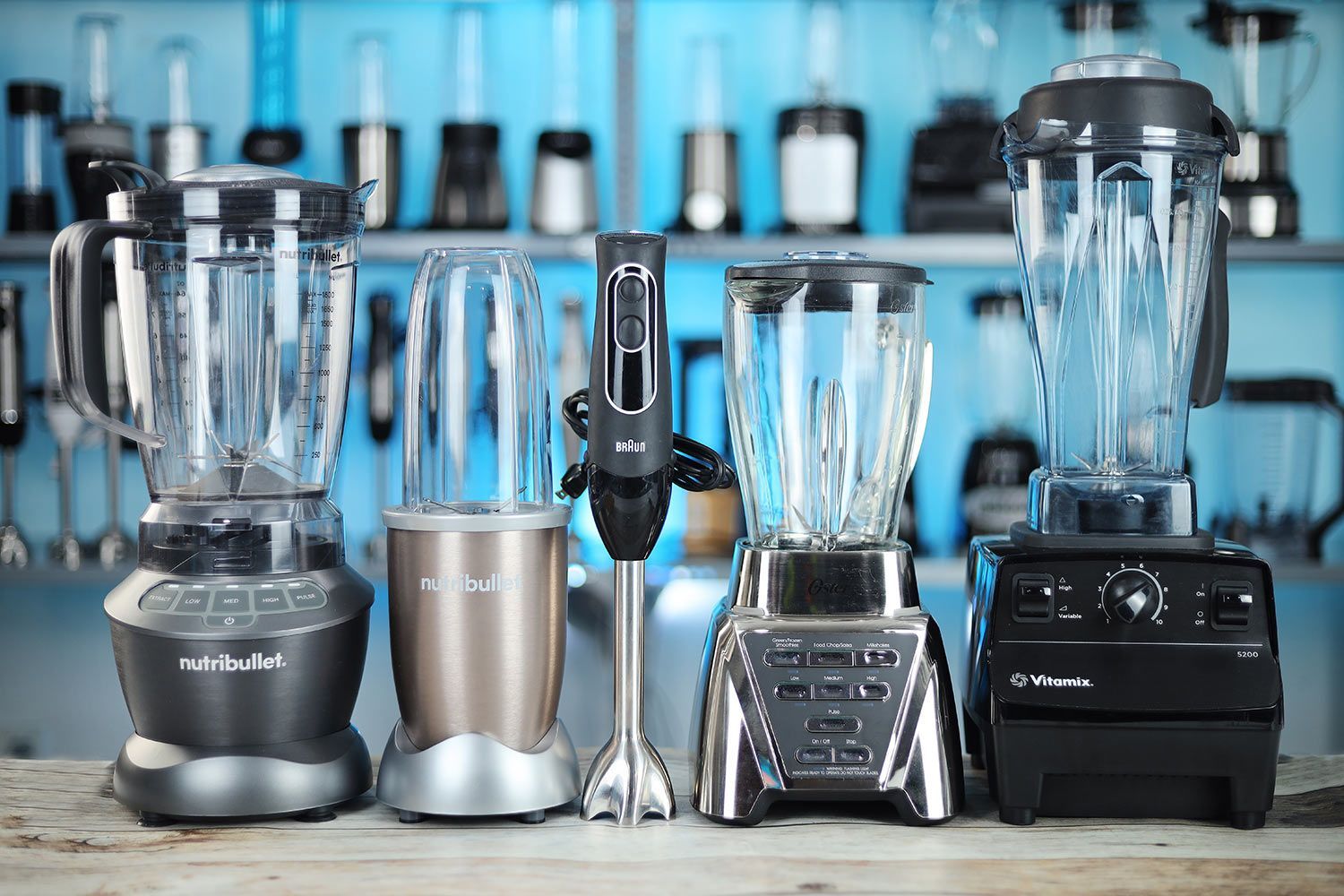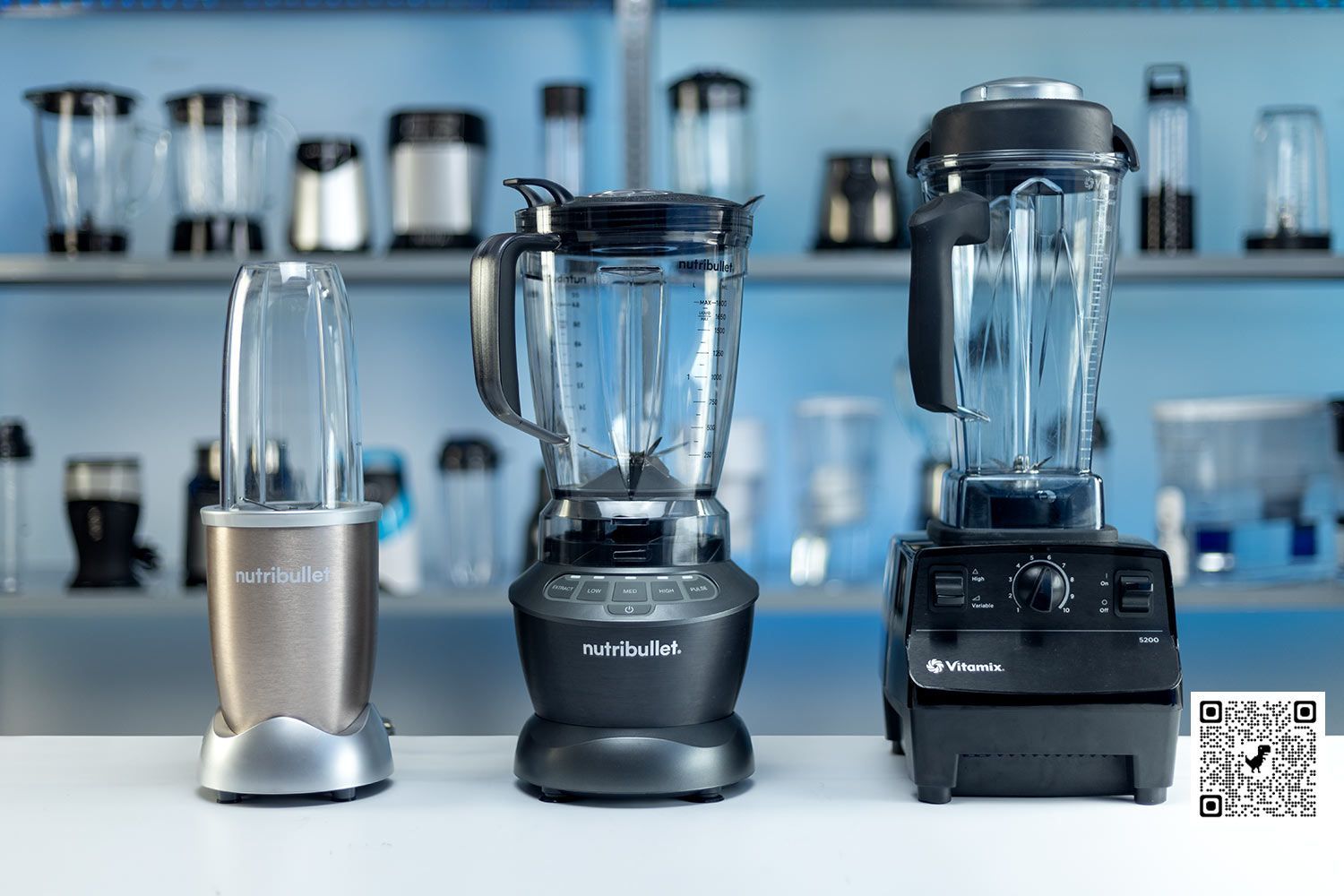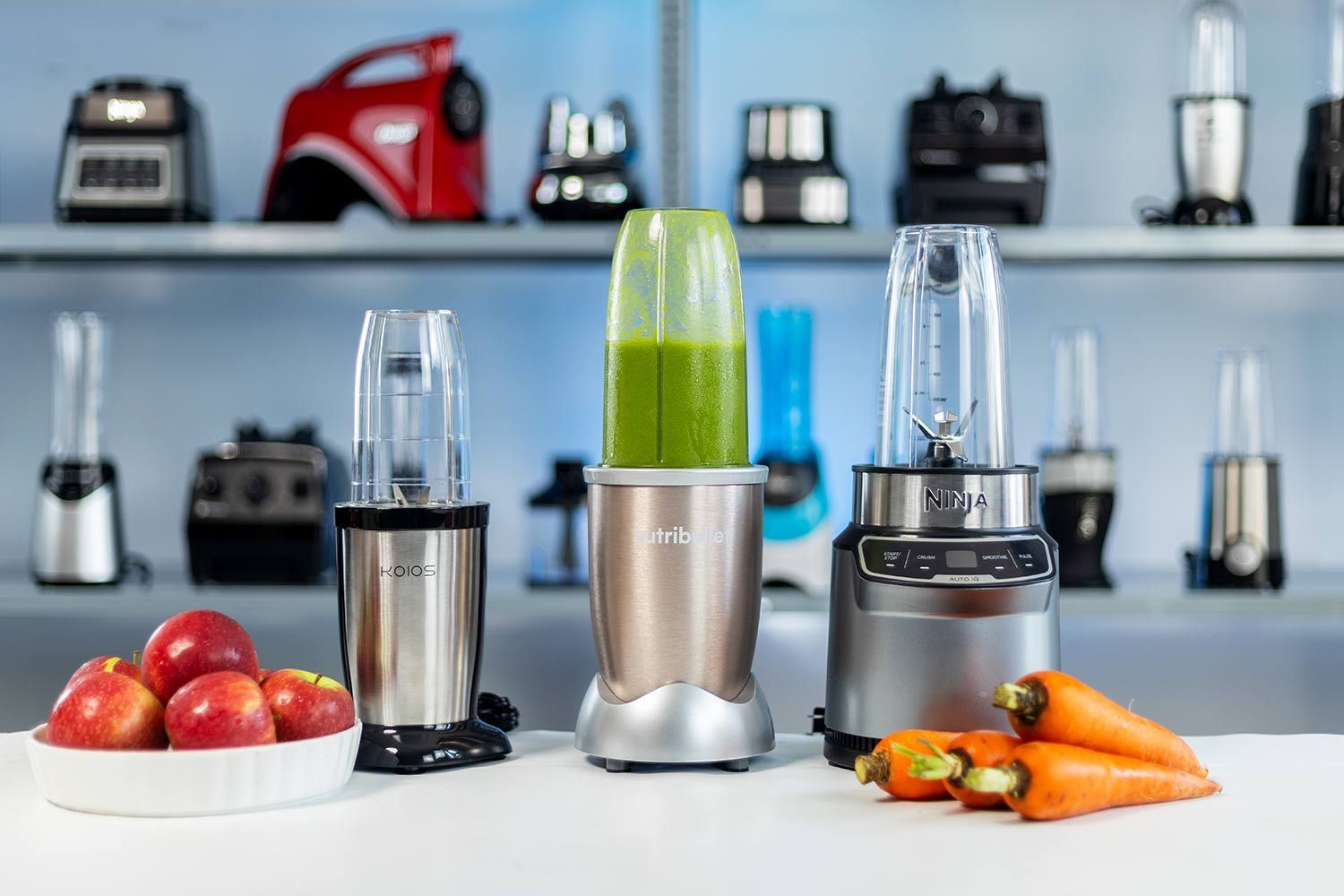Our recommendations are made independently. We may receive commissions from purchases made via our links.
Things to Keep in Mind When Buying a Personal Blender
From power and performance to design and durability, our buying guide highlights all the key features you should consider when buying a personal blender.
At HealthyKitchen101, our experts provide comprehensive blender-buying advice by personally testing every model that hits the market and scrutinizing both our own test findings and detailed manufacturer specs.

Whether you're seeking the newest innovations or the most budget-friendly picks, our buying guide cuts through the clutter, highlighting the essential elements that you should weigh up for a decent personal blender.
Motor Power
For most small blending tasks, any personal blender with a motor output of between 175 and 300 watts is more than adequate. Such models are typically powerful enough to give you consistent results in about a minute. And due to advances in blades and motor technology, they get the job done without requiring you to cut your ingredients too small.
However, to ensure longevity and proper functionality, these lower-powered blenders shouldn’t be used continuously for more than one minute at a time. They shouldn’t be used with less than 1/3 of their volume filled with liquid either. Doing so can lead to damaged motors.
There are options on the market that work without these limitations. They’re usually more powerful devices with wattage ratings of between 350 and 900 watts.
These higher-powered personal blenders can work faster and more efficiently than the weaker ones. They can even puree thick mixtures in seconds without getting hot or letting off a burning scent. They’re thus perfect if you often process tough foods. Just know you’ll pay extra for the privilege.
Speed Settings

Most personal blenders engage the motor when their blending cup is pressed down into the motor base. The motor disengages when you lift the cup up again. That’s why, unlike countertop or immersion blenders, these hand-held devices typically only offer one speed setting.
There are a few personal blenders with pre-programmed settings and a wide range of speeds, but they’re not common and can be quite expensive. And though these models allow for hands-free operation, the variable speed controls are often unnecessary and simply make them more complicated.
Size and Capacity
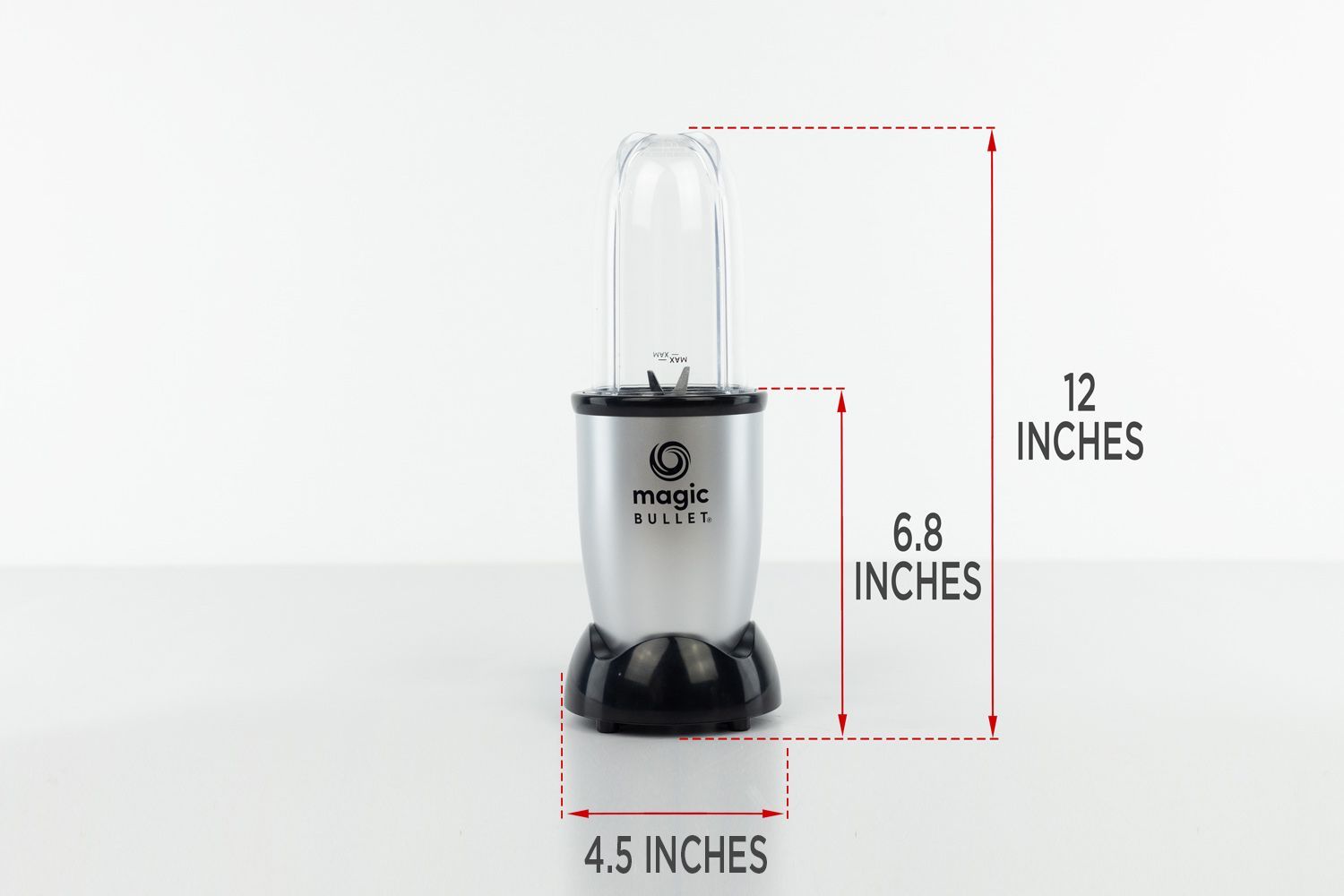
Since personal blenders are single-serving devices by definition, they really shouldn’t take up much space in your kitchen. Look for a blender with a small footprint that will fit neatly in your cabinet or tuck away in a drawer when not in use.
In general, larger blenders will come with higher-capacity pitchers. For single-serving options, though, it’s usually best to choose a device with a 16-to-24-ounce capacity. This will make the cup about as compact as a travel mug, so you can enjoy your favorite beverages on the go. Often, the blending cup even fits snugly into a cup holder.
Cleaning Process
Not only should a good blender be versatile, it must be easy to clean as well. For safety and easy cleaning, consider searching for a machine that has dishwasher-safe lids, blending cups, and blade assemblies.
Accessories
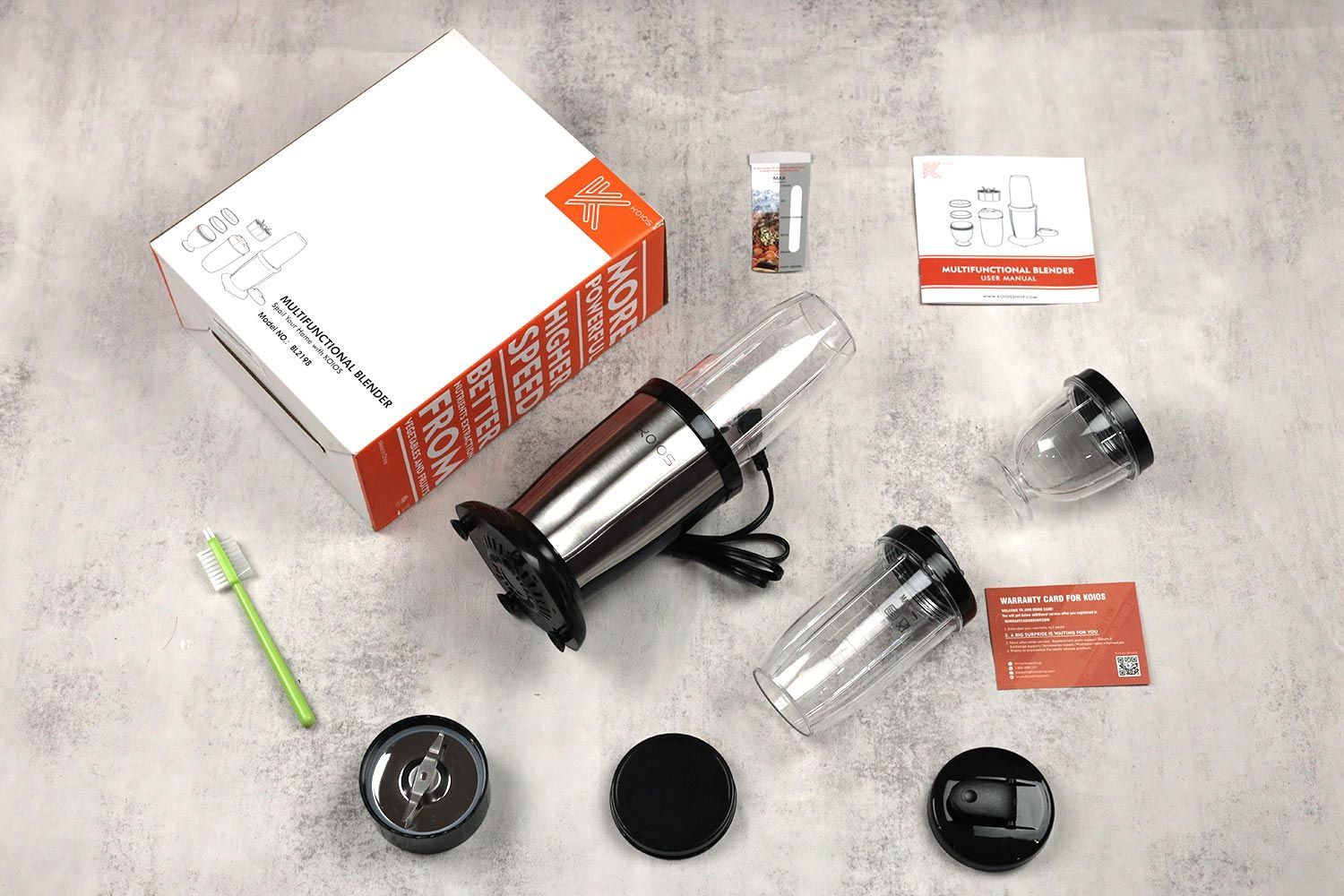
Blenders that come with only a single cup won’t take up much storage space, but multiple blending cups are always handy. You can prepare and store multiple servings without cleaning between every use. Make sure the cups’ to-go lids seal tightly so you don’t have to worry about spills.
Some personal units also come with a grinder cup or a food processor, but don’t expect them to work as well as a purpose-built appliance. Consider these minor bonus capabilities.
